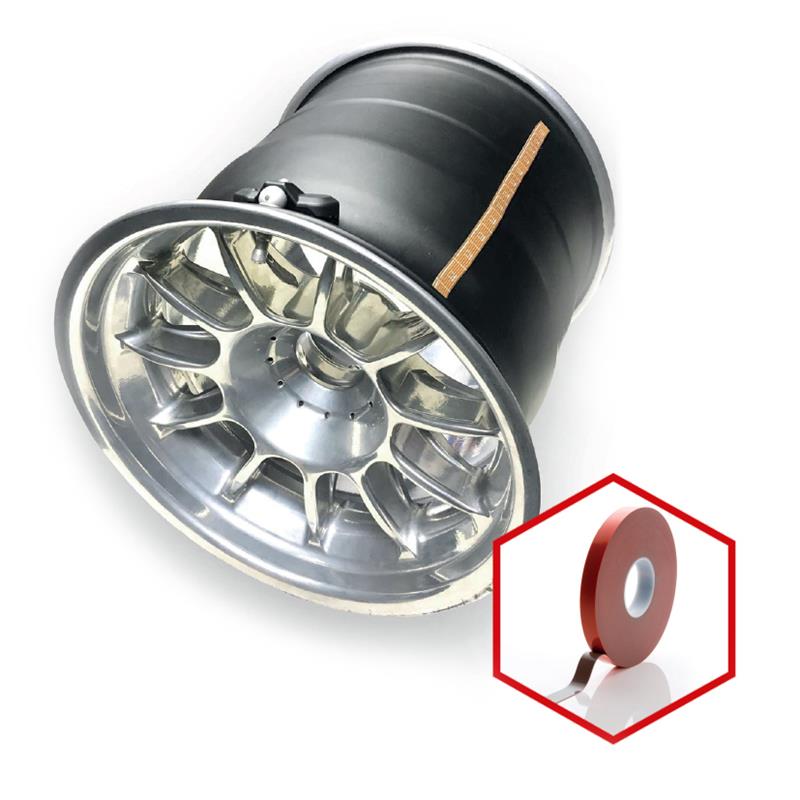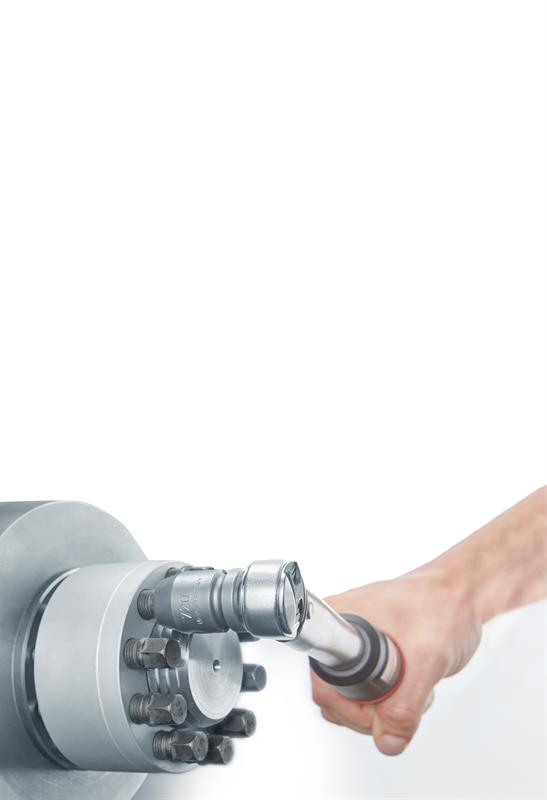To underline the importance of these factors, take just two applications at opposing ends of the scale. A small compression spring used in a microswitch assembly will be expected to perform each and every time in an operational life that will run into tens of thousands of cycles or more. At the other end of the scale, a spring might be stored under compression for long periods before it is expected to perform just the once, but perhaps in a life or death situation such as in an ejector seat mechanism.
"Material choice is crucial," says Nick Goss, managing director of Epping based Goss Springs. "Generally the more expensive the material, the longer the life and better the performance."
The specifics of an application will no doubt quickly determine life expectancy, performance requirement and therefore the type of material to be used. For example, a typical application for a compression spring in an engine valve might involve 8,000 cycles per minute and the best material to guarantee this sort of performance is chrome silicon.
"The extreme environment of the offshore industry means that Inconel or Phynox are usually the materials of choice," says Goss. "Inconel alloys are oxidation- and corrosion-resistant materials suitable for service in extreme environments. When heated, Inconel forms a thick, stable, oxide layer protecting the surface from further attack."
Two considerations should be kept in mind here. It is true that in higher temperature applications, springs can relax over time as loss in spring load occurs. By the same token, in some
applications the spring may be inoperative for long periods of time and storage in reasonable ambient temperature conditions is essential. Equally, the selection of a larger wire diameter or using a lower final load can reduce or relieve undesirable stress.
Shock loading occurs when the load on the spring is suddenly increased or accelerated. The speed that the load is applied onto a spring can cause damage and so, if this can be minimised, the life of the spring increases.
A process known as ‘shot preening’, where the surface of the spring is ‘dimpled’, helps the spring become more resistant to stress. Another process, pre-stressing, also increases the elastic limit in torsion and therefore makes the spring stronger and less subject to stress.
It is also important to note that if the natural frequency matches the frequency of the operating speed, it will resonate, causing vibration, which will ultimately lead to failure. It is therefore important to always ensure that the operating frequency of the spring is significantly lower than its natural frequency.
Adhesive guru INDASOL has recently carried out a project with Norfolk based bf1systems to affix a temperature sensor strip to the inner face of an F1 wheel. The strip would then transmit the rim temperature back to a receiver on the car and ultimately be recorded on the car’s data logger. The wheel can reach temperatures of around 150°C during normal racing, and when spinning the forces generated on the sensor equate to around 1,500 G. So, when you consider the strip weighs 5g with the tape included, it equates to a 7.5kg pull load. Over a surface area of just 0.003m2, the problem suddenly becomes quite significant. INDASOL UHB was seen as the obvious solution and within its UHB18110G range, combined with the company’s PR100 primer, it meant the sensors were installed with complete confidence. |
Taking away the tension Large bolted joints are all around us in safety-critical applications, from power generation to heavy industry; construction to offshore. Ensuring the correct tensioning of these large bolted joints is a complicated, but essential process. When tensioning bolted connections, tightening actually results in axial elongation and preloading of the bolt, due to the inclined plane of the bolt’s threads. This can lead to thread deformation, which reduces the preload, durability and reusability of the bolt. Torsional stress from thread friction and deformation also reduces axial load bearing capacity. Tensioning of large bolted joints usually requires the use of electric, hydraulic or pneumatic tools, a factor that adds costs and delay to projects. To overcome these issues, HEICO-TEC has developed a tension nut that eliminates the need for specialist tools, as the user only requires a handheld torque wrench to achieve the required tension, saving both time and money. The product meets all relevant standards and can easily be used as a direct replacement for any hex nut from the same strength class, while also offering the advantages of a hand-tightened nut, with no need for time consuming calculations and formulae to determine suitability. Rather than turning the nut and tightening the large main bolt thread, the force is distributed to many smaller thrust bolts. As these thrust bolts are smaller, a conventional torque wrench is all that is needed to achieve the required pretension force. The HEICO-TEC design consists of the nut body that is screwed onto the main thread like a conventional nut – but it is not tightened. Several thrust bolts with associated pressure pins are arranged around the main thread inside the nut body. When the thrust bolts are tightened, they push the pressure pins against the clamped parts, while elongating the bolt. The pretension force created is purely axial, free from harmful torsion or bending. An incorporated hardened disk protects the tensioned parts from high-pressure loads caused by the pressure pins. As such, thread friction and deformation is reduced, ensuring the full load bearing capacity of the bolt can be exploited. |


 Bonding a sensor to an F1 wheel
Bonding a sensor to an F1 wheel

